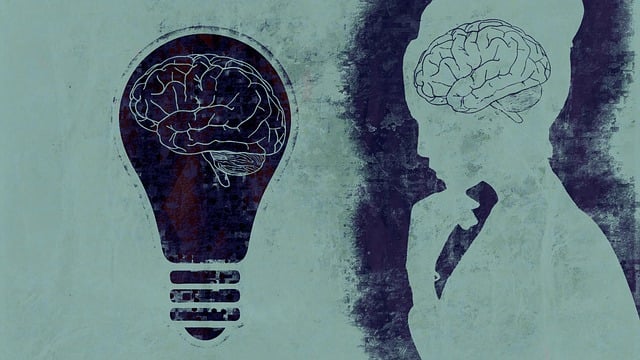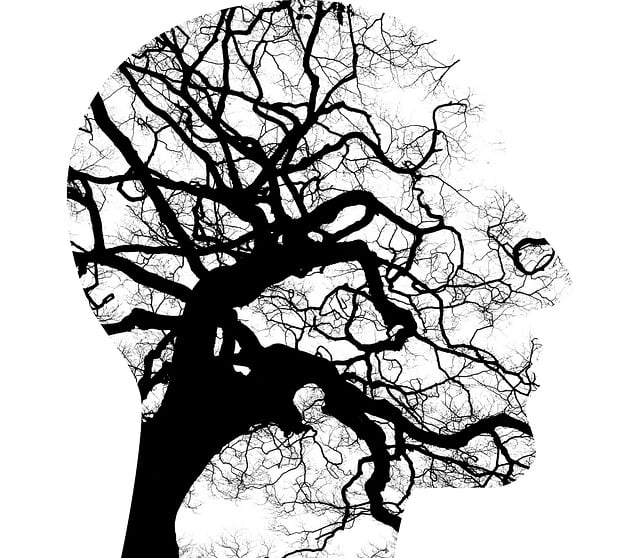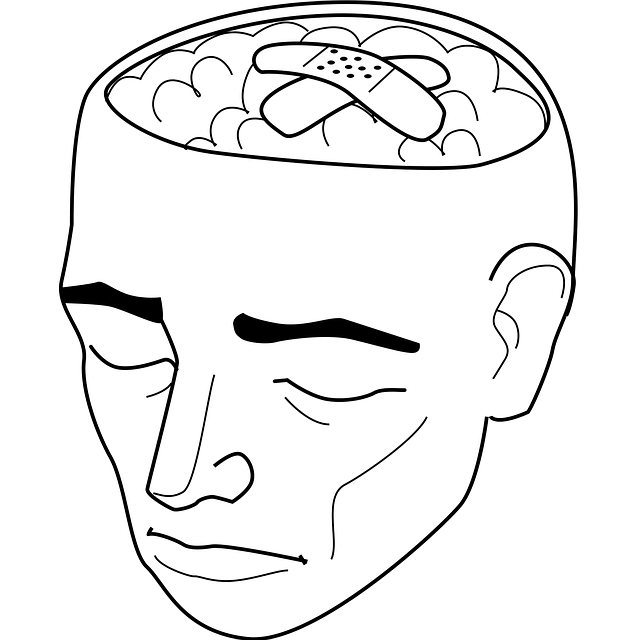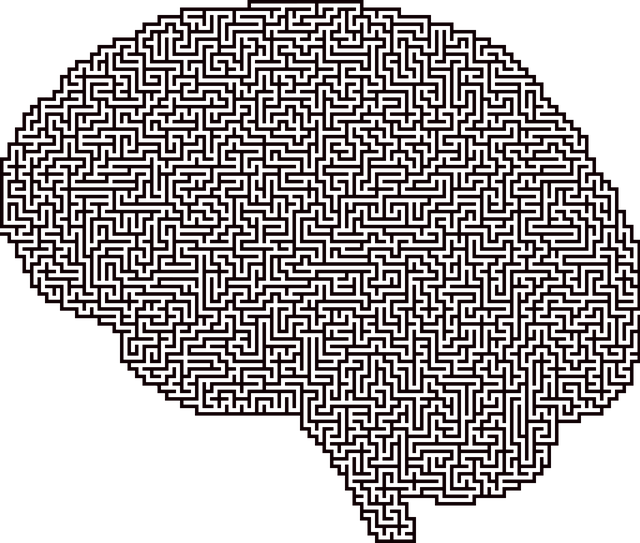Greenwood Village Psychological Testing & Therapy offers a comprehensive mental health education program that goes beyond traditional therapy. Their approach includes interactive group discussions, creative exercises like art therapy, and evidence-based practices such as mindfulness and CBT. By empowering communities with knowledge and practical tools, the program reduces stigma, improves risk management for professionals, and equips individuals with effective coping mechanisms. Evaluations using both quantitative (e.g., BDI, Rosenberg Self-Esteem Scale) and qualitative methods ensure a holistic understanding of the program's impact on mental well-being in Greenwood Village.
Mental health literacy is a vital component of overall well-being, and effective education programs play a crucial role in fostering healthy minds. This article explores the design principles behind creating comprehensive mental health courses, inspired by the successful Greenwood Village Approach. We’ll delve into strategies for engaging students, incorporating evidence-based practices, and evaluating program effectiveness through various metrics. By understanding these key components, educators can enhance mental health support, mirroring the transformative power of Greenwood Village Psychological Testing and Therapy.
- Understanding Mental Health Literacy: The Greenwood Village Approach
- Designing an Engaging Curriculum: Strategies and Activities
- Incorporating Evidence-Based Practices in Educational Settings
- Evaluating and Measuring the Impact of the Program: Metrics for Success
Understanding Mental Health Literacy: The Greenwood Village Approach

Mental health literacy involves equipping individuals with the knowledge and skills to recognize and support their own and others’ mental well-being. The Greenwood Village Approach, pioneered by experts in the field, offers a comprehensive program design that goes beyond traditional psychological testing and therapy. This innovative model focuses on empowering communities through education, fostering an environment where people can openly discuss mental health issues and access appropriate care.
The program incorporates practical strategies such as conflict resolution techniques and resilience-building exercises, essential for navigating the complexities of mental health challenges. By integrating these tools with evidence-based therapeutic practices, Greenwood Village Psychological Testing & Therapy ensures that participants develop effective coping mechanisms and enhance their overall mental health literacy. This holistic approach not only benefits individuals but also equips mental health professionals with robust risk management planning skills, enabling them to create safer and more supportive environments for those seeking help.
Designing an Engaging Curriculum: Strategies and Activities

Designing an engaging curriculum is a key aspect of developing an effective mental health education program, especially in communities like Greenwood Village where psychological testing and therapy services are essential. Incorporating interactive and hands-on activities can make complex topics more accessible and memorable for participants. For instance, group discussions facilitated by trained therapists can encourage open dialogue about emotional healing processes, fostering a sense of community and shared understanding.
Additionally, incorporating creative exercises such as art therapy or journaling sessions allows individuals to explore their inner strength development in unique ways. These activities not only provide an outlet for self-expression but also serve as valuable communication strategies, enabling participants to articulate their experiences and feelings effectively. By integrating diverse methodologies, the curriculum ensures that different learning styles are accommodated, making the program more inclusive and impactful.
Incorporating Evidence-Based Practices in Educational Settings

Incorporating evidence-based practices into educational settings is a pivotal step in fostering a supportive environment for students’ mental well-being. Greenwood Village Psychological Testing and Therapy emphasizes the importance of implementing strategies that have proven effective in treating common mental health concerns among youth. One such practice is integrating stress reduction methods, such as mindfulness techniques and cognitive behavioral therapy (CBT), into daily routines to help students manage anxiety and promote resilience. By teaching self-esteem improvement skills, these programs empower students to navigate social interactions and build confidence, thereby reducing the impact of peer pressure and bullying.
Moreover, mental illness stigma reduction efforts play a crucial role in creating an inclusive atmosphere. Educational programs can facilitate open discussions about mental health, encouraging students to recognize and support their peers. This approach aligns with the broader goals of Greenwood Village Psychological Testing and Therapy, aiming to destigmatize mental illnesses and foster a community that prioritizes holistic well-being. Such initiatives contribute to a positive learning environment where students feel empowered to seek help and thrive academically and socially.
Evaluating and Measuring the Impact of the Program: Metrics for Success

Evaluating the impact of a mental health education program is paramount to understanding its effectiveness and identifying areas for improvement. Metrics for success should encompass both quantitative and qualitative measures, providing a holistic view of participants’ journeys. By utilizing standardized tools like the Beck Depression Inventory (BDI) and the Rosenberg Self-Esteem Scale, researchers can assess changes in symptoms of depression and self-esteem levels over time. These tools offer valid and reliable quantifiable data.
Qualitative assessments, such as participant feedback through surveys or focus groups, shed light on individuals’ subjective experiences. This includes their perception of gained knowledge, improved mood management skills, and any observed shifts in attitudes towards seeking therapy, particularly in areas like Greenwood Village Psychological Testing & Therapy. Integrating these diverse measurement methods allows for a comprehensive understanding of the program’s impact, encompassing both the tangible (depression prevention, self-esteem improvement) and intangible benefits it confers on participants.
Mental health education programs, modeled after effective approaches like those from Greenwood Village, can significantly enhance community well-being. By incorporating strategies that engage learners and align with evidence-based practices, schools, workplaces, and communities can foster mental health literacy. Utilizing tailored assessments and measuring impact through relevant metrics ensures program success and empowers individuals to navigate their mental health journey with greater confidence and resilience. Integrating psychological testing and therapy techniques into these educational settings paves the way for a healthier, more supportive environment for all.













